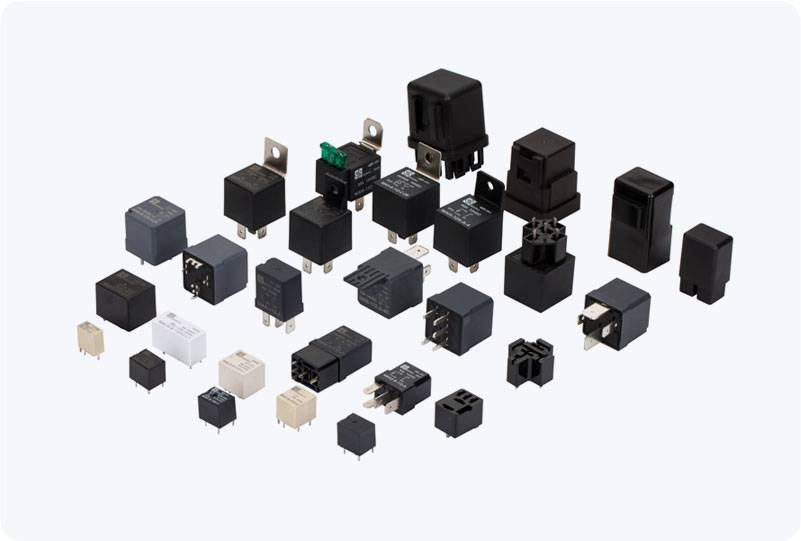the advantages and applications of solid-state hv relay
Release time:2025-06-25 09:01:37
Solid-State High Voltage (HV) Relays are essential components in modern electrical systems, offering efficient and reliable solutions for controlling high-voltage circuits. Unlike traditional mechanical relays that depend on physical contacts for switching, solid-state relays use semiconductor devices, such as transistors or thyristors, to perform the switching action electronically. This technology has revolutionized the way high-voltage control is performed, providing numerous benefits in terms of performance, durability, and versatility.

Understanding Solid-State HV Relays
A Solid-State HV Relay operates by using solid-state electronic components to switch high-voltage circuits on and off. These components include semiconductor devices such as transistors, triacs, or thyristors, which enable the relay to handle higher voltages and currents without the mechanical wear associated with traditional relays. The absence of physical moving parts in a solid-state relay leads to more precise control and better longevity, making them ideal for applications where reliability and extended service life are critical.
Key Advantages of Solid-State HV Relays

